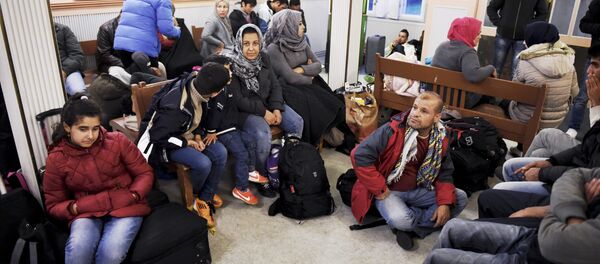The survey, encompassing a total of 54 reception centers in Finland, was carried out at the beginning of June. Suicide attempts were reported by 23 directors, whereas four declined to give a definite answer.
Asylum seekers may spend months in an asylum center waiting for an interview, after which they have to wait again, this time for a decision to stay in Finland or be deported. Survey respondents described the psychological conditions of the migrants as challenging.
"The people in distress have encountered violence in their home countries or en route to Finland. Despair may set in once frustration in Finland and fears for the future are added to their painful experience," one anonymous respondent told Yle.
"It's hard to obtain psychological help. Doctors seem unwilling to summon translators, and the patients are not always listened to. This may lead to superficial conclusions being drawn, whereupon the need for care is belittled. One suicide attempt was spurred by a weeks-long wait, and we were lucky to prevent it by physically stepping in and calling an ambulance," one director testified.
Meanwhile, suicide has been a deep-rooted problem even among native Finns. The Scandinavian countries have with their generous social policies, low crime and free health care been universally described as the happiest places on Earth. However, this happiness has always had a downside: the happiest countries also have some of the world's highest suicide rates. Scandinavia's high suicide rate has traditionally been explained by regional factors like dark winters, cold weather or the rigid mentality.
Despite the impressive fall of 25.8 percent from 2000, Finland's suicide rates remain one of the highest in the OECD. In 2011, the suicide rate per was 16.4 per 100,000, with a particularly high prevalence of suicide amongst young male adults, compared to an OECD average of 12.4.




